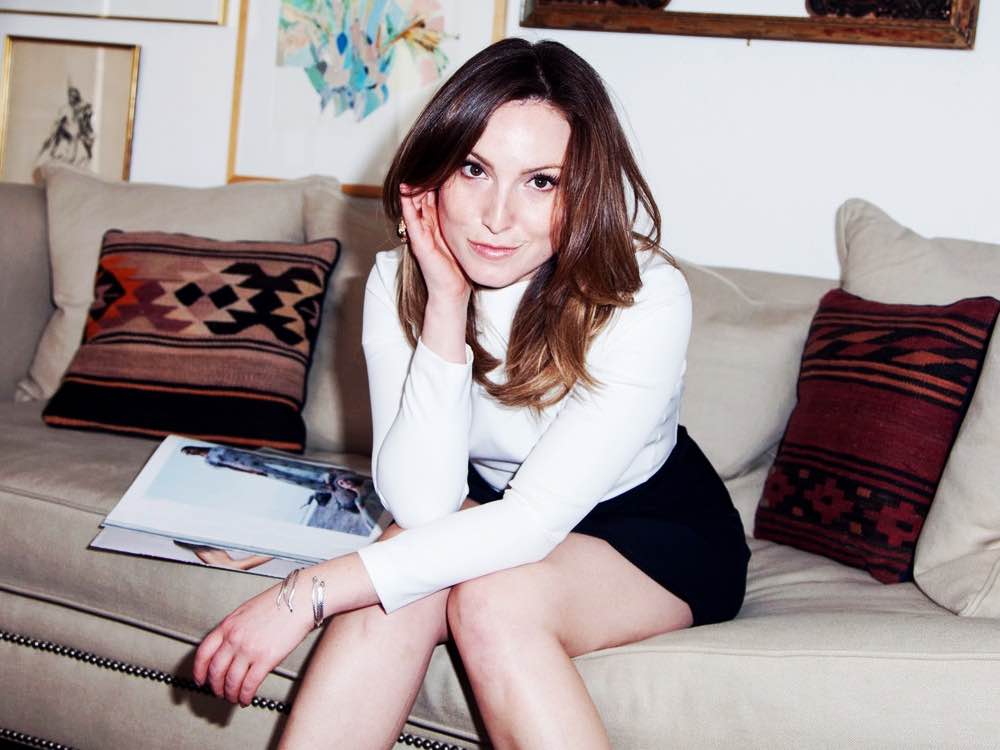When it comes to personal branding — creating a sellable image of yourself and your product, even if that product is you — many of us shy away. Maybe we want our work to speak for itself, or maybe we want to maintain flexibility in our career trajectory, or maybe we think that we have to be Hunter S. Thompson in order to have a brand that’s even moderately worthwhile.
But in today’s market, a personal brand isn’t optional. Whether you’re posting on social media or meeting people for the first time at a conference, it’s critical to come from a place where you know what you represent, what makes you unique, and how to convey that to others quickly; after all, it’s what will make you stand out in a crowd.
Fortunately, personal branding doesn’t mean creating a fictional character and trying to perform as her or him for the rest of your professional life. In a 2014 interview with Harvard Business Review, Shelley Lazarus, the former CEO of Ogilvy & Mather, pointed out that in her 40-plus years at the company — with clients like Ford, IBM and American Express — the personality trait she’s seen work for people time and again is being genuine. The words personal brand “imply that people need to adopt identities that are artificial and plastic and packaged,” she told the website, “when what actually works is authenticity.”
Separating Fact from Fiction
That’s something that Los Angeles-based entrepreneur Elizabeth Kott learned several years into her career. Kott wears many hats; she’s worked as a producer, stylist, creative strategist, and more, and now hosts the wellness podcast That’s So Retrograde. All of her work is done under the umbrella of her brand: Elizabeth Kott. Since launching her own business, Kott says that staying true to herself has been her guiding principle, and has made her career possible.
“Everything I’ve ever done was something I really in my heart felt like there was a missing place for,” she says. “Intuition is the number one modality in being able to drill down” into who you are and what your personal brand is.

Ask Yourself the Tough (and Sometimes Weird) Questions
That intuition is easily kicked off with some tried-and-true questions to ask yourself. To begin with, think about your personality for a moment instead of your degrees or experience, and identify two or three traits that set you apart from everyone else. Maybe you have a whip-smart sense of humor. Maybe you’re great at seeing trends before they get big. Or maybe you’re unusually friendly and kind at work. This is where your unique brand begins. If you’re having trouble coming up with ideas, or truly don’t know how others see you, reach out to a handful of trusted friends or colleagues and ask them to list three words they would use to describe you.
Then, identify your strengths professionally. What are you great at? Where do you excel? Get as specific as possible: Plenty of people are good at social media, but maybe you’re particularly great at coming up with funny, topical tweets in under five minutes.
Network, Even If You Hate It
Once you’ve narrowed these traits down, you can start using them to promote yourself and your work. A key step is getting out of your house or office and meeting people in your field by attending events and conferences. Network, even if you hate it. Your brand isn’t very useful if no one knows about it, and this is a great way to spread the word and get people in your field to recognize you. And while you’re out and about, don’t forget the small details. How you speak, what you wear and even the way your hair and makeup are all signifiers of your personal brand. If you’re not sure what those signifiers should are, do some research and see what leaders in your field are doing. Pretty soon, you’ll be off to the races.
Of course, being your own brand isn’t always fun and games, and one of the biggest struggles is finding a balance. “There’s not a separation between work and home,” says Kott. “Being able to put your work down at the end of the day — I don’t really experience that.”
But more of a separation comes with time. “I’m not my job, and that’s really important,” she adds. “I was able to work through the idea of detaching myself. Whatever shape that takes, I’m excited by that. I have an appointed vision, but I’m also just here for the ride.”
























































































































































